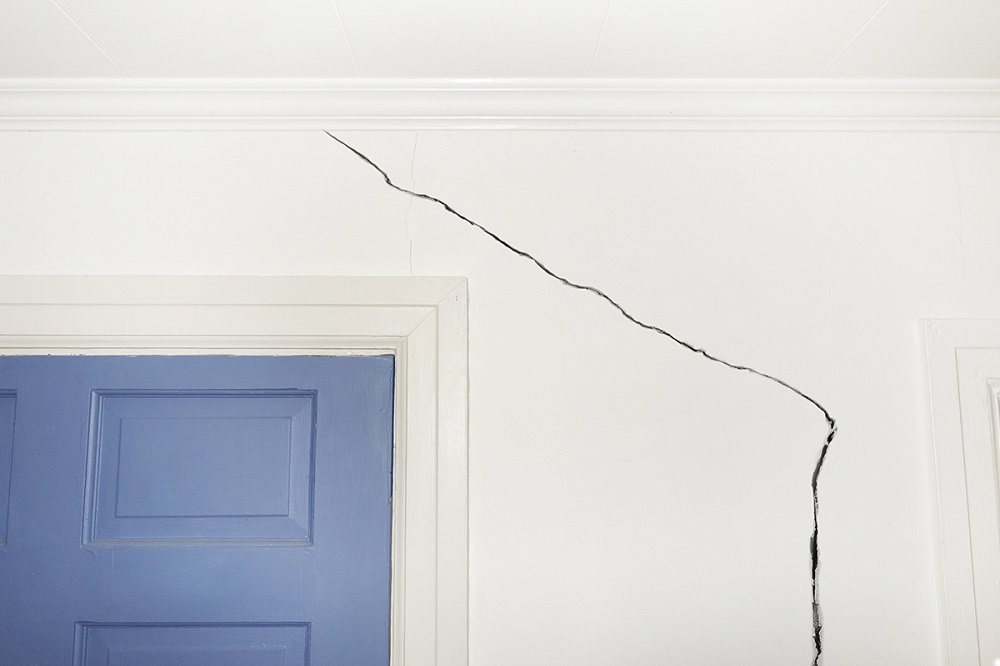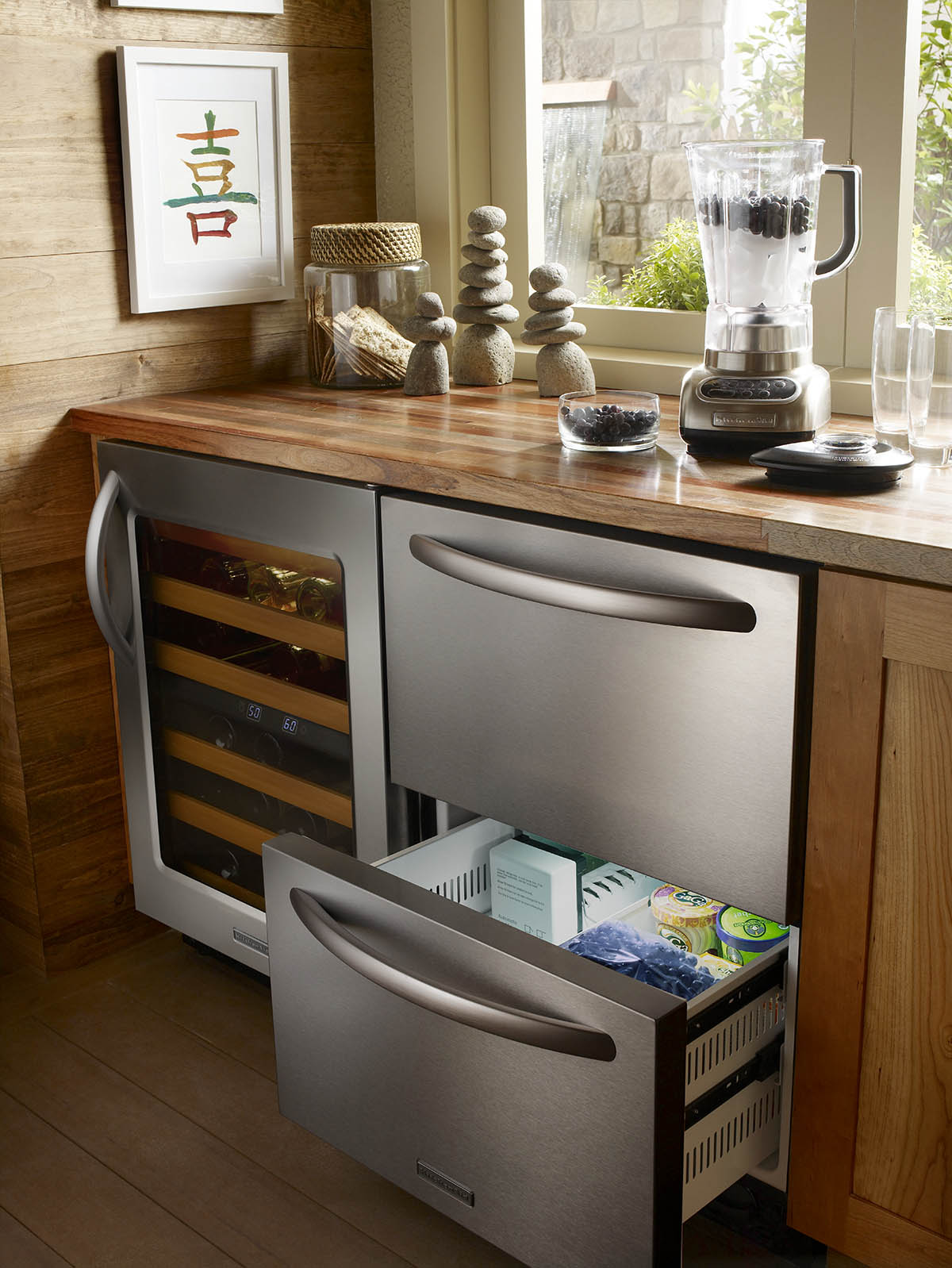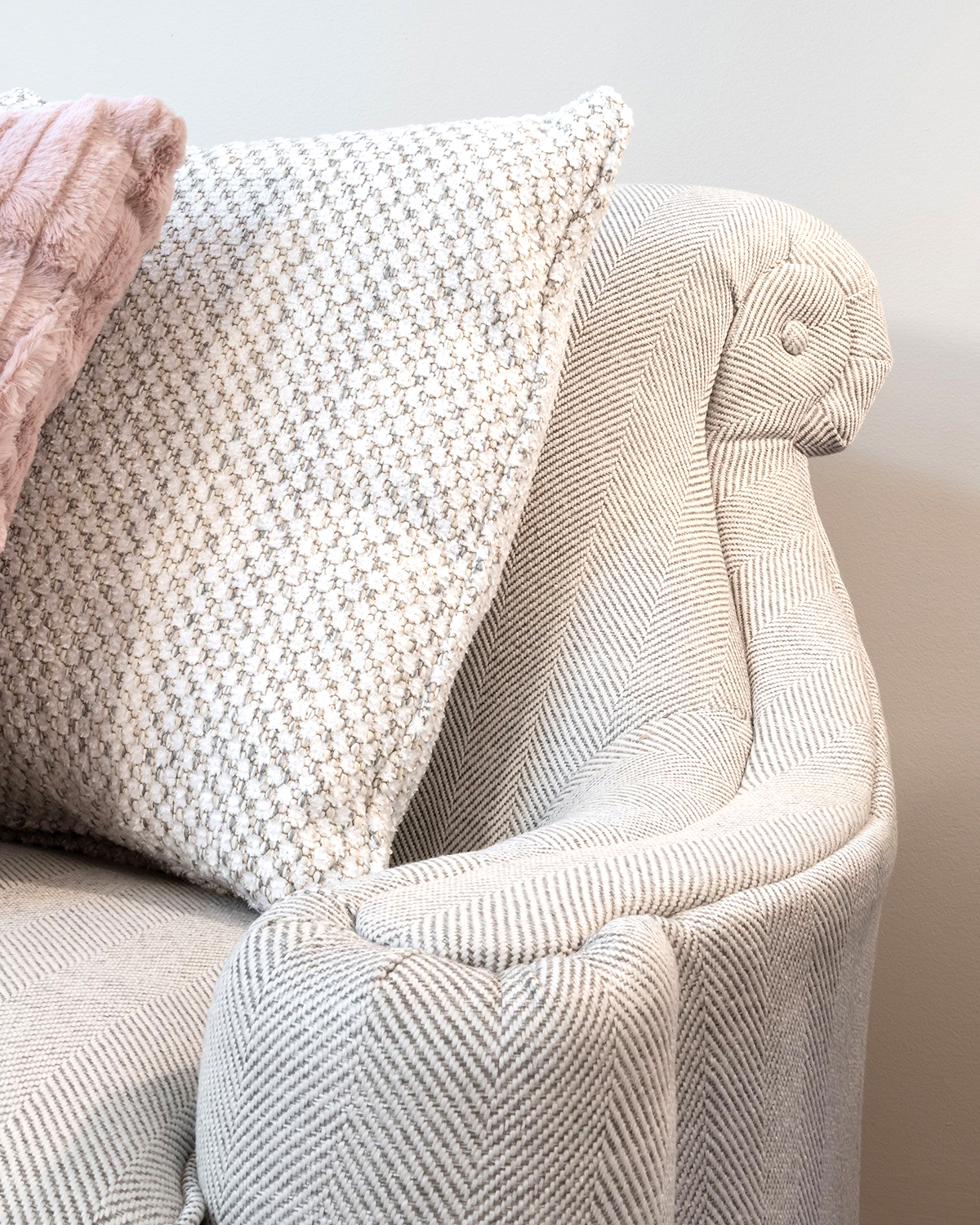WRITER | JULIE FORD
Tips for Quick Repairs and When to Call a Professional
Owning a home or commercial building constructed before 1950 can be both exciting and a challenge. For every repair, there is often a history lesson. Plaster wall repair, for example, is not completed in the same way that you’d handle drywall repair. With some know-how, simple plaster cracks can be seamlessly repaired, restoring walls to their original grandeur.
What’s in a Plaster Wall?
Lime, sand, and even ground oyster shells combined with animal hair was a basic recipe for plaster wall construction in America until the early 20th century. When the Pilgrims arrived in the early 1600s, they brought along their English cottage wall construction, known as daub and wattle. Daub was the plaster – a mixture of clay, water, wet soil, and grasses. Wattle was a complex woven framework of sticks and branches used to create the wall structure. Once the wattle was in place behind the thin clapboard exterior walls, daub was applied in layers and smoothed to a flat surface.
For historic walls in Michigan, a system of lath and plaster was used. Wood lath consists of thin strips of wood nailed to studs and spaced horizontally with ¼” gaps. Other lath types include steel mesh (late 1800s) and rock or plasterboard (1930s). Gaps between the wood or mesh allow the first layer of plaster, called scratch, to ooze through the open spaces to the backside. The oozing drips called keys create added support for the wall.
After the scratch coat fully dries, the second plaster layer, known as brown coat, is thickly applied, and finally, a thin layer of fine plaster is applied. Interestingly, horsehair can be found in all plaster layers in historic buildings – the precursor to fiberglass used as a binding agent.
To maintain a home or building’s historical integrity, it’s best to repair the plaster rather than replace it with conventional drywall for several reasons. Plaster is thickly layered and superior in strength and durability to drywall. Its thickness also provides a high level of soundproofing, and gypsum plaster is fireproof.
Cracks
Plaster can form deep cracks over time due to the expansion and contraction of wood framing through the seasons. It can also develop web-like cracks on the surface from degrading plaster. You may have a more serious foundation issue, however, if cracks are wider than 3/16”, if a large crack appears to have shifted and is no longer lined up, if you are having trouble closing a door, or if there is a size difference from one end of a wall to the other. Cracks from expansion and contraction (top of a door frame) and on the plaster surface can be DIY fixes. Foundation-related cracks require a foundation specialist before the plaster can be repaired.
Repairing Cracks
If you decide to repair cracks on your own, there are a few basics you should be aware of. First, hone your plastering skills in a closet. Repairing plaster in a visible area shouldn’t be done on your first attempt. In many cases, small cracks can be fixed with fiberglass tape and drywall compound. If you use only drywall compound, the crack will come back. Also, keep in mind that while drywall paste can be sanded and reapplied, using plaster as a finish coat is permanent.
Steps for your repair are:
- Get to the bottom of the crack. The idea is to stop the movement that caused the damage.
- Check each side of the crack for crumbling. If crumbling, chisel the crack until the crumbling stops or until you are down to lath. Vacuum and damp-wipe the area.
- If there is a bounce in the lath, replace or reinforce it with diamond mesh.
- Coat the area with an adhesive bonding agent to make the existing plaster stickier.
- Add a ½” layer of “brown” coat plaster base to fill the crack (pearlized gypsum is one of many types).
- Apply a thin finish coat (plaster of Paris with lime is one type).
To ensure success, view reliable videos from sources such as “This Old House,” research materials, talk to professionals, and learn all you can before you begin a plaster repair project.
Bill Graham, owner of WD Graham Builders in Galesburg, explains, “With drywall, you just put on another coat and keep sanding ‘til you’re happy. Plaster is an art, and you have only one chance to do it right.” Graham also mentions that he’s known of two skilled plasterers in his 54 years of building experience in Southwest Michigan and suggests obtaining references before contracting.
While plaster repair can be a very rewarding DIY project, poor workmanship, rushing the curing process, or working in high humidity can contribute to future cracks. Plaster ceilings, water damage, and large holes are best left to the professionals.








